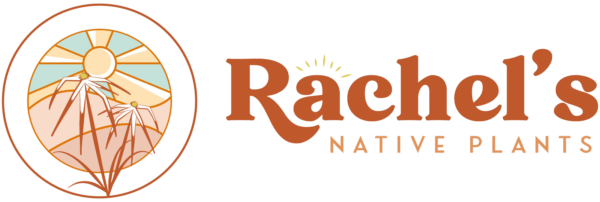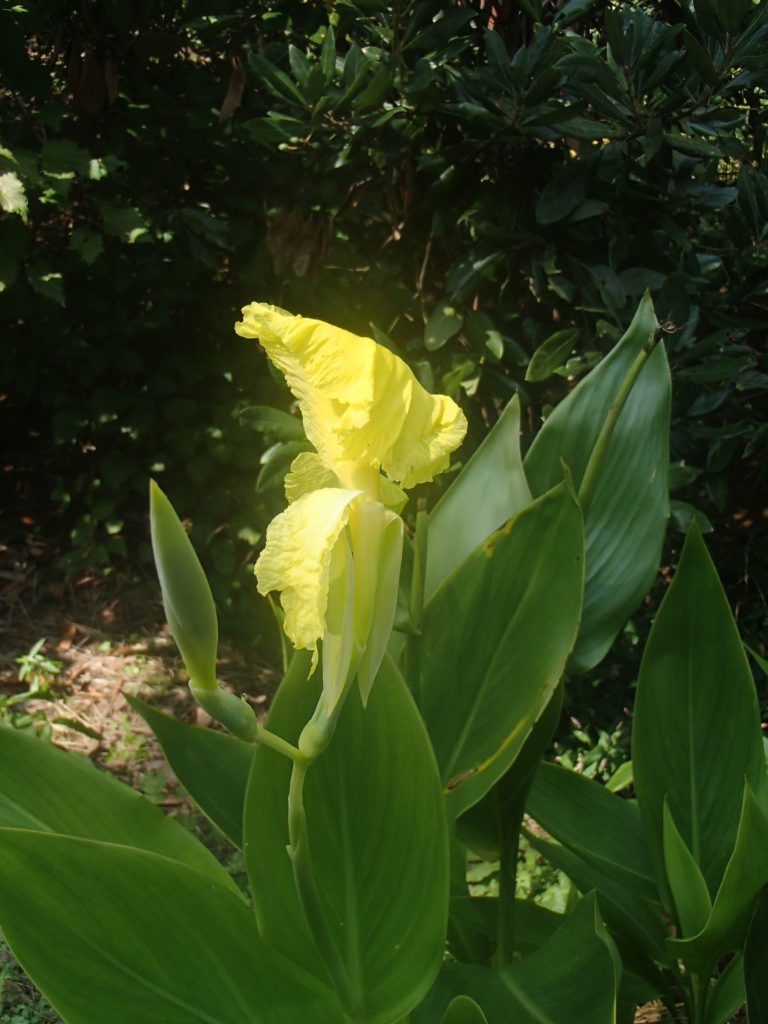This plant is not currently for sale. This is an archive page preserved for informational use.
Golden Canna is a beautiful, wet-loving, long lived herbaceous perennial plant and is the only yellow Canna. It was originally described by William Bartram, who found it blooming along the rivers of coastal Georgia. It occurs naturally in wetlands, including marshes, savannas, and the edges of ponds and lakes, on the coastal plain from South Carolina to Florida and Texas. Golden Canna is an emergent plant that only needs to have “wet feet” (damp soil) and usually grows up to 4 feet tall. Leaves are narrow, blue green, about 2 feet long by 6 inches wide, wrapping around the stem at the base. Flowers are strongly yellow, and fragrant, borne in clusters at the tops of sturdy stalks. Each flower head sends out one flower in the evening which then dies in the heat of the following day. The floral display can continue for a few months (August to October). The green, warty, immature seed pods are also attractive, and mature to a dry brown full of 1/3-inch, round, dry seeds. Golden Canna thrives in consistently damp to saturated, acid to circumneutral soils, and will spread both by seed and rhizomes under ideal conditions. It tolerates partial shade, but it grows best under full-sun conditions. Canna species have an amazing number of uses around the world including agricultural uses (see Wikipedia entry). Interestingly, Canna flaccida is used to extract undesirable pollutants in wetlands because of its high tolerance for contaminants. A planting of Golden Canna at the edge of a pond adds wonderful, low maintenance color and structure to the landscape.

